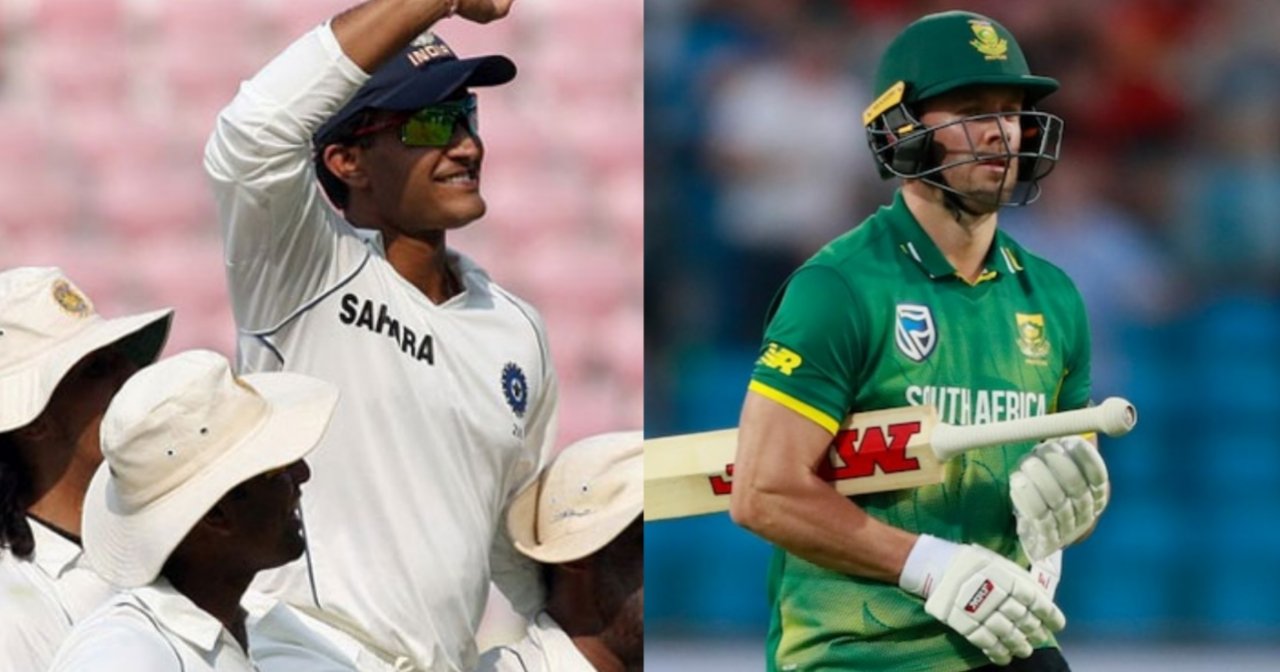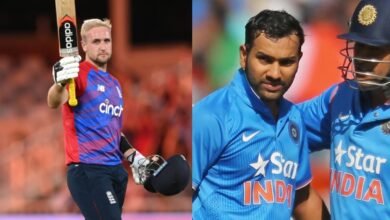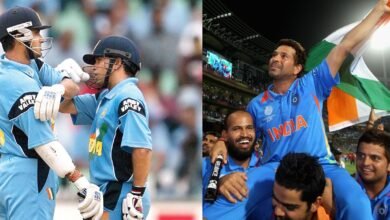Five cricketers who took retirement during their peak

It is a common belief that starting a career at the peak time is something to be wished for as few sportspeople have mastered this art. Experienced players extend their careers beyond their prime age, but it is quite rare for cricketers to get retired during their peak.
Cricket has seen a lot of big names call it quits right when they were at the top of their games. While this isn’t unique to cricket, it is rather unfortunate that fans don’t get to see these players play at their peak for as long as they could have. You can learn a lot about what makes an athlete great, what kind of retirement timing is ideal, and how much you can contribute to your team by playing for longer.
Here we take a look at five cricketers who retired during their peak.
1. Sourav Ganguly
Sourav Ganguly acknowledged as one of India’s most prolific captains in modern generations will be cherished for his graceful cricketing approach and tremendous service to Indian cricket over a 15-year career. He was not only India’s most efficient overseas Test skipper, but he also instilled the concept of aggression that was previously unknown in Indian cricket. He carved a winning team out of a group of young and promising players as a Test captain. In the year 2000, he took over when captain when the sport was hit by match-fixing charges.
Ganguly established himself as a formidable and tenacious captain who led his team to incredible milestones by winning Test matches overseas. He was dropped in January 2006 after playing from 1996 to 2006 and did not play a Test until December of that year against South Africa. He went on to score 51 in that Test and then went on to score three centuries and a double century (239) against Pakistan. After scoring 18575 runs in 424 international matches at an average of 41.46 with 39 centuries, he retired against Australia in the 2008 Border-Gavaskar Trophy.
2. Glenn McGrath
Glenn McGrath played an integral part of the Australian team that ruled cricket during the late 1990s and early 2000s. He had been a key player in Australia’s three consecutive World Cup victories in 1999, 2003, and 2007. Throughout his career, he haunted many batsmen with his incredible skill to accurately bowl top-notch line and lengths. Mike Atherton and Brian Lara were his regular victims as he got the best of them on 19 and 18 occasions respectively.
With 949 international scalps at an average of 21.76, he is the most successful fast bowler in the history of cricket. He is also the highest wicket-taker in World-Cups with 71 wickets under his belt.
He was named Player of the Series for his exploits in the 2007 World Cup, where he took 26 wickets, and soon retired after that on a high and successful note.
3. Kumar Sangakkara
Kumar Sangakkara, the wicket-keeper-batsman for Sri Lanka, was known for his consistent performances for the majority of his career, which spanned fifteen years. He captured the cricketing world by surprise from the start, ensuring that everybody knows he is in this for a long run. The player was both a tremendous batsman and a keeper.
He became a clear pick for the captaincy role after a run of impressive performances for Sri Lanka. Sangakkara also excelled as a captain, adding to his long list of accomplishments. His time as a captain, though, ended when he decided to walk away after the Sri Lankan team, led by him, finished as runner-up losing to India in the finals of the 2011 World Cup. However, he avenged it by scoring a match-winning half-century in the final of the 2014 T20 World cup against India and retired from the shortest format with a World Cup in his kitty.
Before retiring from all formats in 2015, he became the first cricketer to smash four consecutive centuries in the World Cup as he guided Sri Lanka through to the quarter-finals of WC 2015.
4. Brendon McCullum – Retired during his peak by hitting a ton in his last match
Brendon McCullum was one of the most explosive batters in the history of cricket. His fiery approach was evident not just with the bat, but also with his strategies as a leader, which introduced modern standards in New Zealand cricket. McCullum not only set milestones with his batting, but he also set a few noteworthy benchmarks and figures with his outstanding leadership.
Under his guidance, New Zealand qualified for their first-ever World Cup final in 2015, unfortunately, they lost to Australia. But the way McCullum led the kiwis with the bat, as well as a captain, was simply remarkable.
However, he retired from international cricket in 2016 which came as a surprise for the cricketing fraternity considering the form he was in. McCullum broke Viv Richards’ 56-ball hundred record in his last Test against Australia, scoring the quickest-ever Test century off just 54 balls. Eventually, he ended up notching 145 runs in 79 deliveries.
5. AB De Villiers – Retired after 2015 WC -during his peak
Ab De Villiers earned the label “Mr 360” for his potential to combine standard and unconventional shots. His ability to adapt to every form of the sport made him one of the greatest batsmen in modern-day cricket. Some experts even termed him as the most complete batsman.
De Villiers is South Africa’s all-time leading run-scorer in World Cup history. He has 1,207 runs at a magnificent average of 63.52 in 23 matches over three World Cups. He also holds the record of scoring the fastest 50, 100, and 150 in ODI cricket. There are several other milestones to his name. De Villiers captained South Africa to the semi-finals of the World Cup 2015 where they suffered a heart-breaking loss against New Zealand.
In 2018, despite being in tremendous form and averaging around 50+ in ODI’s and Tests, De Villiers announced a sudden retirement from International cricket which came as a shock to all the fans around the globe.



